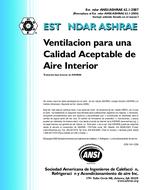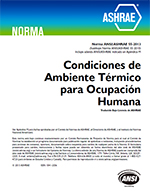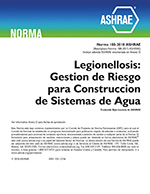Description
Air leakage data from six parallel fan-powered terminalunits (FPTUs) that used electronically commutated motorswere evaluated to determine if simple models of air leakagecould be developed for applications in building energy simulationprograms. The data were from an earlier investigationby Edmondson et al. (2011). Units with both 8 and 12 in.(20.3and 30.5 cm) primary inlets from three manufacturers wereevaluated. The analysis included the impact of downstreamstatic pressure, upstream static pressure, and primary airflowon the leakage from the units. Data for downstream static pressuresranged from approximately 0.1 to 0.5 in. w.g. (25 Pa to125 Pa) and ranged from approximately 0.4 to 2.0 in. w.g. (100Pa to 498 Pa) for upstream static pressures. Because the originaldata included some primary airflows outside the expectedrange of operation of the 8 and 12 in. (20.3 and 30.5 cm)FPTUs, the data set was reduced to include only data in theexpected primary airflow operating ranges of these sized units.All the original leakage data were collected with the FPTU fanoff and with only primary air flowing through the unit. Noattempt was made to quantify how much leakage was comingthrough differing sources of leakage, such as the seams, penetrations,or backdraft damper.Leakage was found to be primarily dependent on downstreamstatic pressure. A simple regression of leakage anddownstream static pressure yielded correlations with R squaredvalues from 0.80 to 0.96. Leakage airflow showedlittle variation with either upstream static pressure or primaryairflow when the downstream static pressure was heldconstant. Three leakage classifications were identified—low,medium, and high—based on the measured data. Correlationsthat describe the leakage as a function of downstream staticpressure for each classification were developed. Calculationsfor a system with downstream static pressures varying with thesquare of primary airflow were performed and resultspresented. These leakage correlations can be used in buildingsimulation models that use mass and energy balanceapproaches to modeling FPTUs.
Citation: 2016 Winter Conference, Orlando, FL, Transactions 2016, Vol 122 pt. 1
Product Details
- Published:
- 2016
- Number of Pages:
- 11
- Units of Measure:
- Dual
- File Size:
- 1 file , 3.6 MB
- Product Code(s):
- D-OR-16-027




